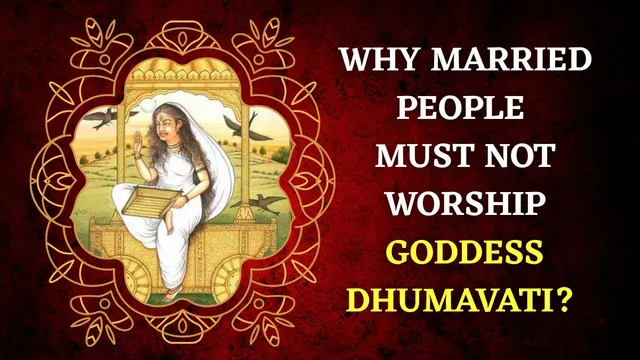- By Kashish Rai
- Tue, 24 Jun 2025 04:00 PM (IST)
- Source:JND
Ashadha Gupt Navratri 2025 holds deep spiritual significance in Hinduism, especially for those who walk the path of inner devotion and sadhana. Unlike the widely celebrated Navratris, this one remains quiet and secretive – ‘Gupt’ meaning hidden. It’s a powerful time for worshipping Goddess Durga and invoking her fierce forms through meditation, mantra chanting, and rituals, often in solitude. Tantriks and serious spiritual seekers use this period to strengthen their connection with the divine feminine. It’s believed that sincere worship during Gupt Navratri removes obstacles, grants spiritual progress, and awakens hidden powers, making it a sacred phase for deep inner transformation and blessings. This year, Ashadha Gupt Navratri begins on 26th June 2025.
During Gupt Navratri, the ten Mahavidyas – powerful forms of the Adi Shakti are worshipped with deep reverence. Each goddess holds unique energy and symbolism. However, among them, Maa Dhumavati is traditionally not worshipped by married individuals. Her worship requires special restraint and understanding. In this article, we’ll explore why Maa Dhumavati is approached differently and the reason behind this belief.
Ashadha Gupt Navratri 2025: Why Married People Must Not Worship Goddess Dhumavati?
Goddess Dhumavati is often seen as the embodiment of the darker, more withdrawn aspects of life – loneliness, detachment and the void. She represents the state of a widow and is associated with sorrow, inauspiciousness, and renunciation. Because of this, married people are traditionally advised not to worship her, as her energy doesn’t align with the joys and bonds of married life. Her presence symbolises letting go of worldly attachments, which can clash with the emotional and material commitments of marriage. Her worship is usually reserved for renunciates or spiritual seekers looking to overcome illusions and reach a deeper state of detachment.

Goddess Dhumavati symbolises the hidden, transformative power of loss, detachment, and silence. She guides spiritual seekers through darkness, helping them uncover truth, inner strength, and the wisdom that lies beyond worldly illusions. (Image Source: Wikimedia Commons)
Ashadha Gupt Navratri 2025: About The Seventh Mahavidya Goddess Dhumavati
Goddess Dhumavati, one of the ten Mahavidyas, is a deeply mysterious and powerful form of the Divine Mother in Hinduism. Unlike the more vibrant goddesses, she represents the aspects of life often avoided—loss, sorrow, and detachment. Her form is that of an old widow, riding a chariot without a banner, veiled in smoke. Yet, she holds immense wisdom. She teaches us that every ending carries a hidden truth, and through hardship, we can grow closer to our inner strength. Worshipping her with sincerity allows one to face fears, accept reality and transcend illusions.
Spiritually, Goddess Dhumavati symbolises the energy of stillness and introspection. She is considered the void before creation, the silence that holds all potential. Her blessings are subtle but deeply transformative, removing ignorance, helping devotees detach from ego, and revealing the deeper layers of truth. For spiritual seekers, she opens the door to self-realisation, guiding them through the unknown with quiet yet unwavering grace.

